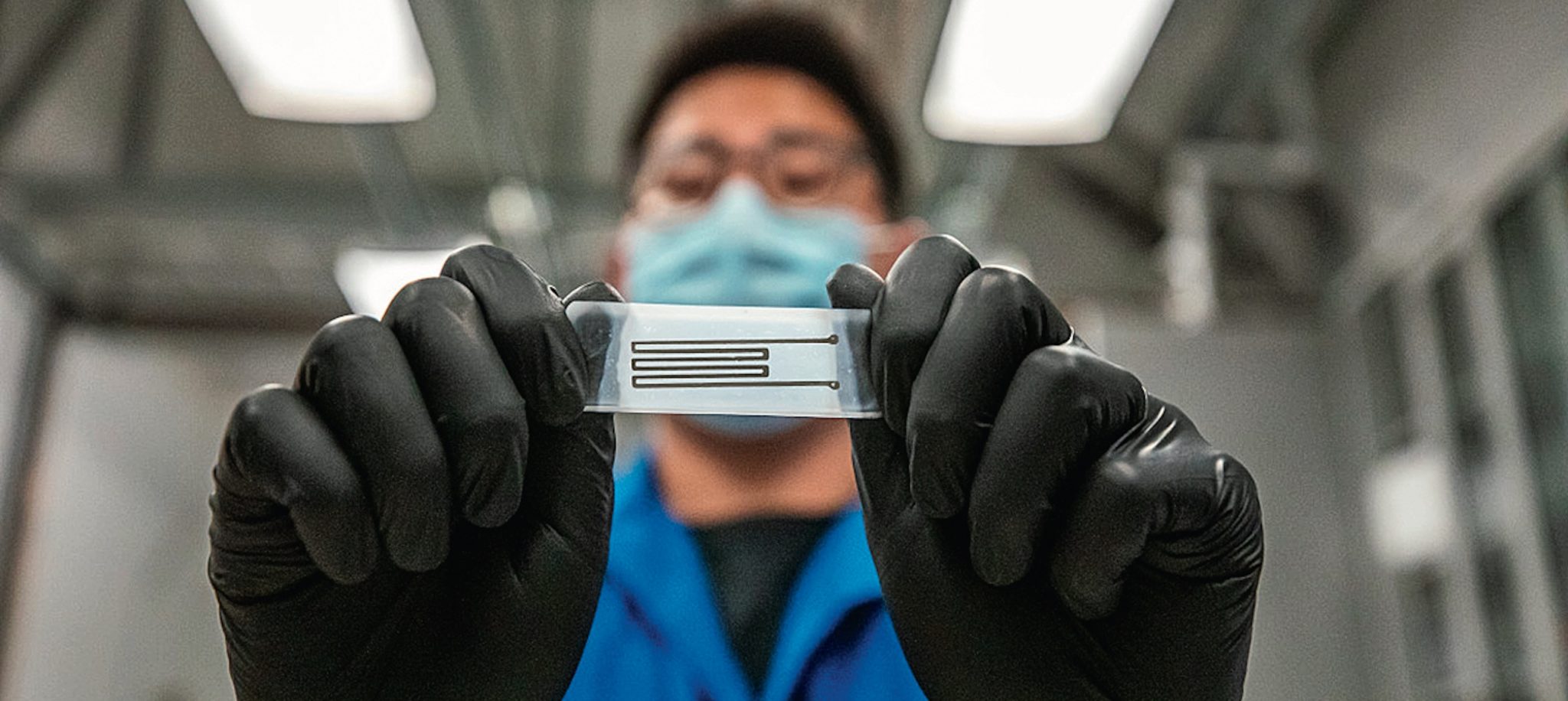In response to the world’s growing e-waste burden, Berkeley Lab researchers have created a printed electronic circuit that is both recyclable and biodegradable.
The project was led by Ting Xu, faculty senior scientist at Lawrence Berkeley National Laboratory and professor of chemistry and materials science and engineering at the university.
Xu says her group took advantage of “fundamental research in nanotechnology” to create a conductive ink that is flexible and can adhere to a variety of materials, making it ideal for such applications as wearable electronics and biosensors.
The biodegradable ink, which Xu’s team uses in a 3-D printer, is embedded with fillers, such as silver flakes or carbon black, that conduct electricity. The ink also contains enzymes that can be activated by warm water to break down polymers in it while leaving the conductive materials behind.
The researchers say that up to 94 percent of the functional fillers can be recycled and reused “with similar device performance.” That’s important, as more than 60 million tons of e-waste are produced annually, while less than 20 percent gets recycled.
The prototypes created by Xu’s group were stored in a lab drawer for seven months, then operated continuously for a full month without loss of conductivity. Afterward, the circuit was dissolved by the activated enzymes, which Xu says are key to achieving a circular life cycle in manufactured products. She notes that nature uses enzymes throughout the “whole chain—to synthesize, modify, degrade.”
“How much we take from the Earth versus how much we give it back has to become part of the equation” in manufacturing, says Xu.





















